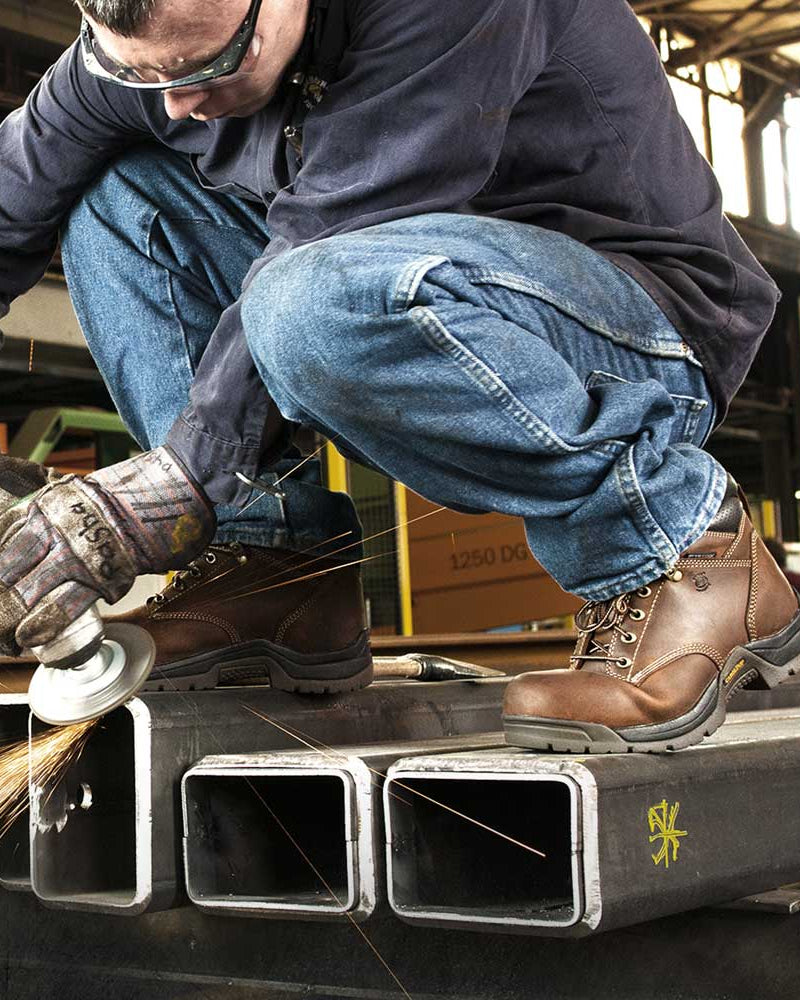Cross training shoes are shoes that are a hybrid of several different types of athletic footwear. The best cross training shoes for you will depend on your preferred sports activity. Each of our cross training shoes vary in terms of the stability, comfort level, flexibility, breathability and durability.
The phrase "cross training" implies engaging in activities that draw from a variety of different sports. Originally, to cross train meant an athlete would train in a sport or activity that was very different from the one he or she primarily specialized in. A good example would be running. Almost every sport and every athlete runs as part of his or her training. If your sport is tennis, then become technically proficient at running would be a from of cross training.
Nowadays, cross trainers or cross training sneakers are a type of footwear that bear the characteristics of many different types of shoes. They may have the heel cushioning of a running shoe, the lateral stability of a tennis shoe or basketball sneaker, and the forefoot cushioning of a volleyball shoe. They may be made of all leather type materials, or may have flexible materials like a running shoe around the toe or sides.
Cross trainers are also a popular style now, in a certain sense replacing the tennis shoe as the most popular style or generic casual-athletic shoe on the market. The category has gotten so big that cross trainers are even divided up into smaller sub-categories.
Aerobics and similar forms of dance related exercise are good examples of activities or sports that utilizes the design and benefits of a classic cross training shoe. They are designed to have the side to side support of tennis footwear, and the flexibility and heel cushioning of a running sneaker. Added support under the ball of the foot, where the tarsals meet the metatarsals, makes for a complete shoe for most types of aerobic workouts. This activity finds the athlete on the balls of his or her feet a lot, and these types of cross trainers are great for that.
Some men's cross trainers or women's cross trainers are more appropriate for folks who do a lot of different sports but do not specialize in one. Maybe an all around shoe is needed for the weekend game of pickup basketball or the flag football game that somehow seems to always spontaneously break out at the parties and picnics. A shoe that will serve if you are spending the day at the park playing baseball and Frisbee with your kids, or serve just as well playing a game of tennis with buddies on a Sunday afternoon. A quality cross training shoe will serve the hobbyist well in all these sports, until he or she decides to get more serious about on or another particular sport.
Fitting a cross training shoe is pretty much like fitting any other athletic shoe. When you try the cross trainers on, put on both pair and walk around the store a little bit. Bend down and flex the toe to see how soft they are, and whether or not they rub around the sides of your feet or ankles. Try them on with a pair of socks that are similar to the ones you do your athletic activities in, as many sportsmen will have special hosiery that they wear for one particular sport or another. Move side to side, jump a little bit and run a short distance. Try to get the feel of them on a hard surface so you can see how they grip the floor, and do any special motions that are particular to the activities you partake in.
The training shoes should fit snug without pinching across the widest part of your foot or the heel. If a shoe pinches your toes, the result can be anything from blisters to bunions to stress fractures. The foot depends on a certain range of motion to operate properly during a step, and the footwear you choose should enhance and support that range of motion, not inhibit it.









